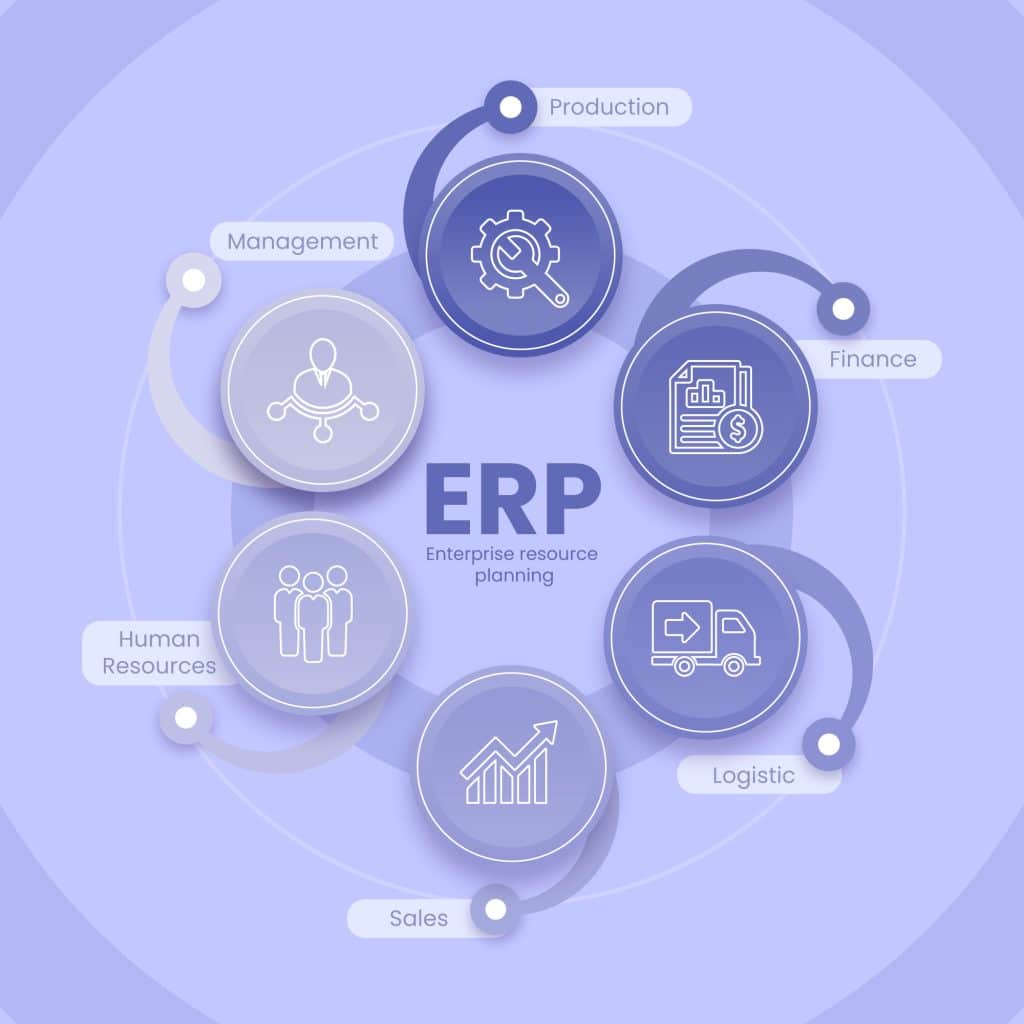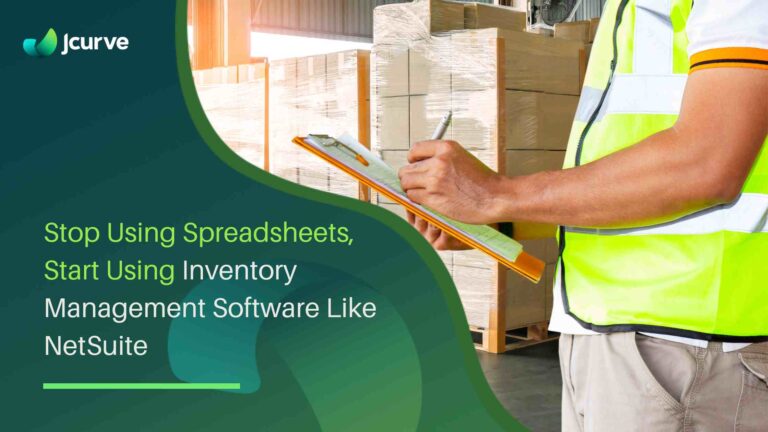Learn how you can gain ROI faster from your ERP implementation by planning strategically. Our 6 steps take you through how to do this and what to consider.
As with all software deployments, realising the full value from your Enterprise Resource Planning (ERP) solution is largely dependent on the implementation process. Getting it right means reaping the benefits of your all-in-one business solution sooner – and importantly, seeing Return on Investment (ROI) sooner. Getting it wrong can slow you down and present roadblocks to automating your business end-to-end. It can have big impacts on your business and, importantly, the employees and stakeholders who have also invested their time and efforts into the implementation process.
ERP Implementation Is Key
Analyst firm Gartner estimates that 55% to 75% of all ERP projects fail to meet their objectives. Common causes of failure include inadequate communication and planning, poor change management, and constant adjustments to business objectives during the implementation process.
If you’re considering an ERP system to consolidate and streamline business processes, help your business grow faster and increase warehouse efficiencies and profitability, be sure to put the implementation stage at the top of your priority list.
Here are 6 strategic steps to help you get your ERP implementation right the first time.
1. Identify Your Requirements

When scoping an ERP solution, choose software that’s designed for the needs of your business and industry. Look for functionality that addresses your core processes and business requirements. Think about whether you want to run the software out-of-the-box or with customisation before making your final purchase decision. And if you’re unsure, talk to the ERP vendor you’re considering. Think of your relationship with the ERP vendor as a partnership that can aid the success of your implementation, and don’t be afraid to ask for their advice. A good vendor will already think of this as a necessary part of the process.
Studies have shown that customisation is a leading factor in why ERP implementations can take longer than expected and incur higher costs. That’s why we recommend selecting an ERP implementation vendor or working with a knowledgeable ERP expert to make sure your project is scoped appropriately and customisations or additional functionality (if needed) are managed within a scheduled timeframe.
You can also think about getting started faster with a more standard ERP implementation, which can help you gain ROI very quickly. Once you’re up and running, you can continue to work with your ERP vendor on the customisations needed to drive value even further from your software. Getting your core business functions set up and running efficiently straight away can present some big benefits. And having a plan with clearly defined requirements will make sure you continue hitting your implementation goals as you add on your customisations or additional functions.
For more strategies to see a return on your investment from your ERP implementation sooner, read our detailed guide.
2. Choose the Right ERP Implementation for Your Business
It’s good to understand the differences between the two main types of ERPs that you can invest in. You can purchase an on-premise ERP system and install it on your own physical computers and servers. With this option, to keep your ERP technology current, you’ll need to perform testing and upgrade the software on your actual servers. You may need to schedule windows of downtime for the work to be done, and this can run the risk of affecting productivity, customisations, and integrations. There can also be a much larger upfront spend on the software, the hardware, and the resources to maintain and upgrade that software and hardware.
The other option is cloud-based ERP software. Because the system is in the cloud and managed entirely offsite by the ERP provider, you don’t have to make expensive investments in hardware or dedicate significant resources to maintenance and upgrades. Implementation can often be easier and faster – some cloud ERP implementations will have you up and running in as little as 8 weeks. Plus, system upgrades are all managed for you – when the system upgrades, the customisations and integrations also update. This gives you an ERP solution that is always current, without the downtime or additional resources needed to manage each upgrade.
Discover the ROI secrets of investing in a cloud-based solution like NetSuite ERP to understand the financial benefits.
3. Factor in Change Management and Provide Training

ERP implementations require dedicated time, planning, training, communication, and documenting. This process can apply added pressure to the current day-to-day business responsibilities and operations your employees perform.
Larger enterprises have the resources to assemble ERP implementation teams to look after the process, but for growing businesses, this is often not feasible. Investing in a cloud-based ERP implementation service can help take some of the burden away from your employees and free them up to focus on other tasks. A good cloud ERP vendor will be able to provide training as part of the implementation process, often by web conferencing to help maximise value and speed up the process. They should also offer a knowledge base of information to support your employees with pre-written reference material.
New systems and processes may still affect the tasks and responsibilities of your employees, and it’s something to be prepared for. Get their buy-in and build consensus around the implementation and spend the time you need on change management. Even if the ERP implementation is completed in a short period, invest in training your employees on the new system so they are productive from day one and not resistant to the change.
4. Appoint an Internal ERP Solution Champion
Having one point of contact to manage communications, address problems, and keep the implementation on schedule will ensure your project runs efficiently and to schedule. Select someone who is organised or has a flair for project management and understands the value of simplifying your systems and automating processes.
5. Develop and Execute a Communication Plan
Keeping everyone on the same page about the progress of your implementation and key milestones is important. A good communication plan should:
- Identify all stakeholders and make people accountable
- Outline the ERP implementation schedule and go-live date
- Detail the various stages of your implementation and key milestones
- Provide information, such as FAQs, on the ERP system’s functionality
- Promote scheduled demonstrations and any testing requirements
6. Allocate Adequate Time
There’s no getting around the fact that an ERP implementation needs time and resources to make it successful. So be sure to allocate what’s needed for your implementation requirements to see that the process runs efficiently. A few tips to make this happen:
- Set realistic expectations to create a seamless experience for users
- Consult with users often to address any queries and issues as the implementation proceeds
- Train users on the new system ahead of time so they can hit the ground running when it’s live
Getting it Right
Keeping these 6 strategic steps in mind will help you launch your ERP implementation on the right track and keep it there throughout the entire process. It will also help you get the most capability out of your ERP system while boosting the efficiency and productivity of your business. All of which leads to greater profitability.
Having an experienced implementation provider to help you through the process can make all the difference. So be sure to ask the ERP vendor you’re considering about the number of implementations they’ve helped customers with, and look for customer testimonials to see how it’s worked for other businesses. This can all take the worry out of getting your ERP implementation right and, more importantly, gives you more time to focus on growing your business.
Explore the financial brilliance behind NetSuite ERP implementation to grasp the full scope of its economic impact.
For more information on cloud ERP implementation, why not get in touch and talk to someone who knows and understands it for some further advice.










